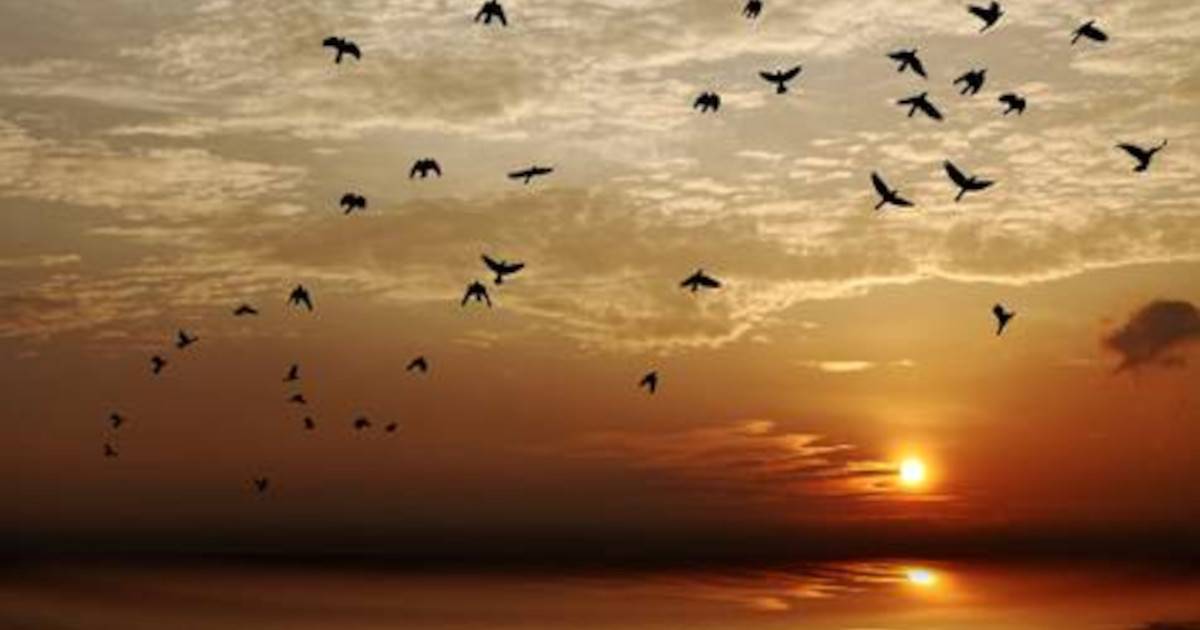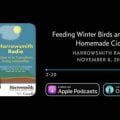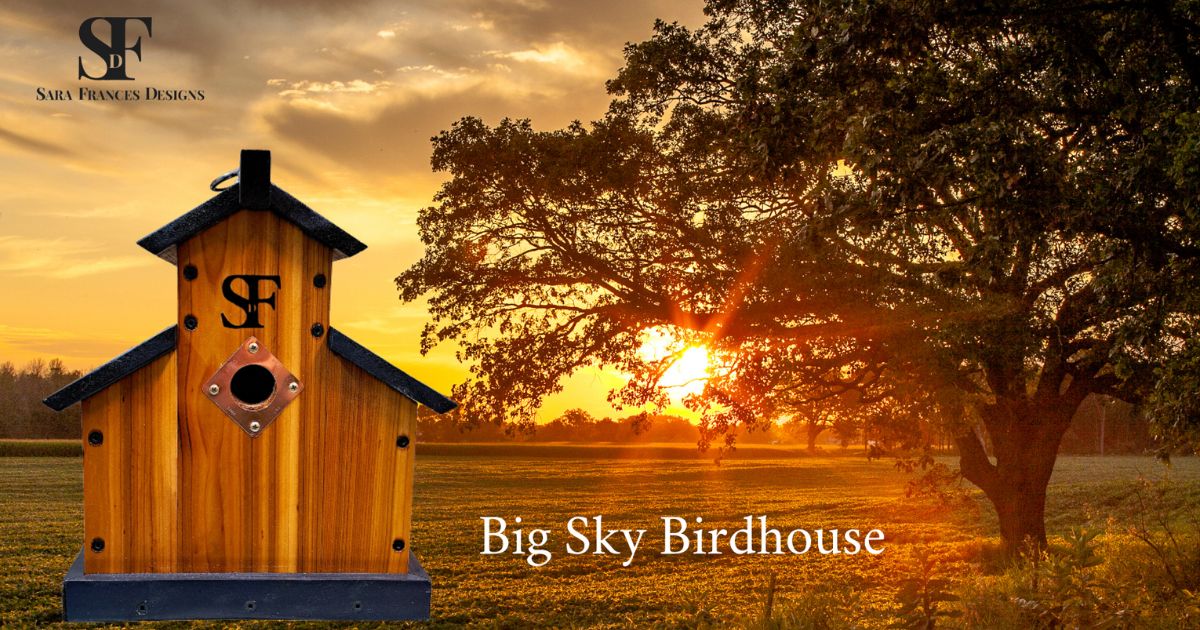One of Aesop’s fables describes a thirsty crow eyeing a pitcher of water. The liquid is beyond the bird’s beak, but not for long. One of Nature’s most pragmatic problem solvers goes to work collecting and then dropping pebbles, one by one, into the pitcher. After much patience and determination, the crow drops enough rocks into the pitcher for the water to rise high enough to receive a reward of replenishment.
A fable, sure, but just about any ornithologist or backyard birdwatcher will admit such demonstrations of a crow’s cognitive powers are not only plausible, they’re real. Turns out the American crow (Corvus brachyrhynchos) has more brain mass per unit than any other bird except the macaw. “It’s appropriate to call them feathered apes,” says John Marzluff, a wildlife biology professor at the University
of Washington.
“Crows communicate with over 250 distinct calls and warnings—one for cats, one for hawks, one for humans—and there’s a specific tone for family members and another for all other birds of a feather.”
The big, black birds can be found on every continent except Antarctica. From above, they observe us, learn from us. Said surveillance has allowed crows to become schemers and scavengers. And like humans, crows can reason and engage in complex social interaction ranging from group play and hunting to funerals and gang-style killings. Murder of crows, indeed. “When humans move in, crows flourish,” says Kevin McGowan, ornithologist at Cornell’s Lab of Ornithology. “They are just as likely to live near cities and suburbs as the country since crows like what we like. And now they’re everywhere.
Thanks to John Marzluff’s work, we know that a crow’s knowledge is instinctual, learned and passed on from one generation to the next. In field tests, Marzluff was able to show that each generation of crow builds on the earlier generation’s base of knowledge. In an experiment showcased on CBC-TV’s “The Nature of Things,” Marzluff walked through a nesting area wearing a mask. As he predicted, the parent crows did not tolerate the intrusion, repeatedly swooping down and strafing the masked Marzluff.
A year later, using GPS systems, Marzluff and his team tracked down one of the adolescent crows who had witnessed its parents behaviour on that earlier occasion. In a remarkable display of memory and learned behaviour, the young crow identified Marzluff, immediately cawing at and then swooping down at the masked professor. “For me, this proves crows have the hallmark of intelligence, the sort of thing a culture needs to evolve,” adds the Marzluff. “This is an evolutionary advantage shared by only the smartest of creatures, like humans and great apes.”demonstrate
University of Auckland biologist Russell Gray was able to the bird’s tool-making prowess. In the experiment, a crow must untie a short stick in order to get at a longer stick, or fishing tool, so that it can pick up a tucked-away morsel. “It’s like three chess moves,” says Gray. Bird-brained? No. Being able to craft a functional piece of equipment is a skill that only elephants, chimps and humans have exhibited.
And then there’s language. Crows communicate with over 250 distinct calls and warnings—one for cats, one for hawks, one for humans—and there’s a specific tone for family members and another for all other birds of a feather.
Another area that all intelligent, social animals share is play. Crows love to play. It not only builds bonds, it teaches the next generation techniques for evading predators and attracting mates. Speaking of mates, some field studies note crow couples staying together for life, which in the wild means for as long as 20 years.
Of course, for many farmers and song bird boosters, that’s 20 years too long. So many people loathe these black-winged opportunists that think nothing of eating your corn or eating the eggs out of the your favourite robin’s nest. But in the end, they might have more to teach us than take from us.
Formerly a contributing editor at Harrowsmith Country Life for over 14 years, Jay has worked on every edition of the Almanac since its inception in 2008. A talented photographer, skilled wordsmith and proud dad, Jay can write on any subject that you can name, a skill that comes in handy at his full-time gig as editor of Montréal enSanté magazine.














